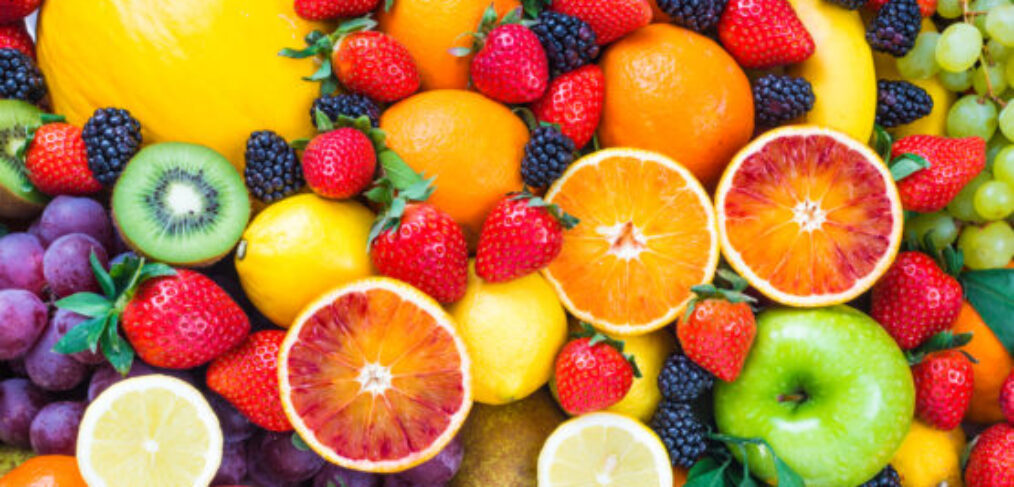Seasonally Significant

It’s springtime! That means even for parts of the country that tend to be more limited in variety during colder months, we are heading into an abundance of choices when it comes to fresh veggies and fruit.
And while we are spoiled; we have access to pretty much any food we can dream of, from anywhere in the world, keeping it local is a better choice for many, many reasons.
Seasonal fruits and vegetables are fresher and tastier than out-of-season produce. In addition, they’re healthier, more affordable, and better for the planet. Produce bought out-of-season is picked before it has had the chance to ripen fully due to the demands of long shipping times.
Consider picking an apple from your backyard tree versus buying a buying a plastic bag full of apples at Walmart that have been flown in from afar; roughly 75% of the apples and cherries Walmart sells across the country comes from Washington (1). Interesting to note, Walmart also exports quite a bit of produce; about $45 million of apples, pears and cherries from Washington State to their retail markets in Mexico, Canada, India, China and the U.K. (2).
From a nutritional perspective, there is a significant change in nutritional value as a fruit or vegetable ripens. For example, a 2004 study of blackberries in The Journal of Agricultural Food Chemistry found that the level of anthocyanin pigments, which may have antioxidant benefits, increased more than fourfold as Marion blackberries went from underripe to overripe (to 317 milligrams per 100 grams, from 74.7 milligrams) (3). In addition, antioxidant activities also increased with ripening and another nutrient class, phenolics, actually decreased slightly.
And on the environmental angle, let’s take a peek at tropical fruit; For each ton of fruit, the results in 43.92 kilograms of CO2 (or 44 grams per kg of fruit). But by far the largest emissions component is the contribution from keeping the fruit at 8°C in the refrigerated containers (4).
Now, what about cost? Dollar cost, that is? This is perhaps the trickiest of all, as buying mass produced fruit may actually appear to be cheaper. Setting aside the concept of ‘ you get what you pay for’, here’s a look into why this is the case.
Large scale farms that manufacture crops like corn and soy receive government subsidies to mass produce animal feed which leads to overproduction of these crops. This creates a surplus of corn and soy, which industrial food manufacturers use to produce cheap ingredients like high fructose corn syrup and soybean oil—for highly processed foods (5). In addition, consumer tax dollars help keep corn and soy prices low which allows corporations to create highly processed foods on the cheap, leading to rising food-related public health crises, such as rising obesity rates.
Net takeaway; remember that purchasing cheaper, mass-produced commodity food comes at a cost to your wallet, the local economy, and our planet. If we increase demand of local food, supply will rise, prices will come down, our economy will thrive, and all Vermonters can enjoy what they deserve: access to affordable, healthy, local food.
Just as it’s crucial to pay attention to where we are sourcing our meat, our fish, our poultry and our game, it’s equally as important to be mindful of where our produce is coming from.
And our chocolate, our tea, our coffee… basically everything! Knowledge is power and it behooves us all to dig in and learn where every single thing we are supporting ( as in by purchasing) is coming from and what else we are supporting when we make that purchase.
It’s so much bigger than just choosing an apple as a healthier snack than a bag of candy.
- https://seattlebusinessmag.com/retail/feeding-walmart/
- https://corporate.walmart.com/newsroom/business/20140416/did-you-know-walmart-exports-washington-apples-around-the-world
- https://www.nytimes.com/2011/02/08/science/08qna.html
- https://www.treehugger.com/ask-pablo-whats-the-impact-of-imported-tropical-fruit-4856815
- https://learn.uvm.edu/foodsystemsblog/2017/01/24/true-cost-of-local-food/





